
354. Metis Nation climate action helps the environment and creates jobs
The Métis Nation of Alberta is taking climate action, saving money and creating new opportunities by embracing energy efficiency and investing in solar.

The Métis Nation of Alberta is taking climate action, saving money and creating new opportunities by embracing energy efficiency and investing in solar.

First the three nations of Fort Chipewyan built a solar project to offset 25% of the diesel electricity generation, now they are bringing electric vehicles to the north.

The Athabasca Chipewyan First Nation dipped its toes in solar in 2018 when with two other First Nation partners they built a 2.3 megawatt solar project in Fort Chipewyan to offset diesel generation. Now they are launching 68 megawatts of solar in southern Alberta that they have a 50% ownership stake in.
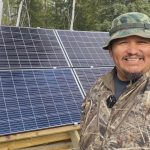
Solar is revolutionizing life for indigenous people at their remote cabins in Canada’s north. Join us as we take a tour of Raymond Cardinal’s solar-powered cabin out on the Peace-Athabasca Delta, a UNESCO World Heritage Site and the largest inland delta in North America.
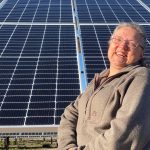
Blue Eyes Simpson is just one of 20 Indigenous and Metis people of Fort Chipewyan getting a custom-designed off-grid solar system to replace gas generators at their remote cabins out on the Peace-Athabasca Delta in Canada’s North.
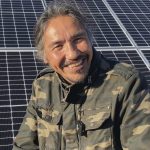
Three Indigenous Nations in northern Canada joined forces to build a 2.2-megawatt solar project to replace 25 per cent of the local diesel-generated electricity. What’s more, it’s completely community-owned which contributes to energy sovereignty while creating local jobs and training.

Nathan Kuptana and Eriel Lugt, two of the youth filmmakers in the TukTV collective are creating a film entitled “Happening to Us,” a film about the impacts of climate change on their home in Tuktoyaktuk in the Arctic. They took a preview of their film to COP25, the IPCC climate change conference in Madrid, Spain.

An indigenous working helped pave the way for indigenous ownership in renewable energy procurement in Alberta. They also secured some of the best prices for renewable electricity in Canadian history.
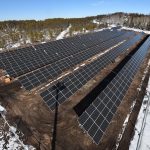
Solar will replace 25 per cent of diesel generation in Fort Chipewyan a small community of 1,000 people in northern Alberta that until now has received all of its electricity from a diesel microgrid.
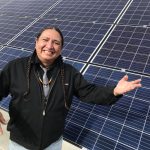
A solar partnership in a small First Nations community in Alberta, could help point the way forward for energy workers, indigenous people, and Canada as a whole. The Louis Bull Tribe partnered with Iron and Earth an organization of oilsands workers to put on 5-day solar training course for workers.

Meet Judith Sayers, an incredible leader who got one of the first run-of-river hydro projects off the ground in B.C. that was majority owned by a First Nation.

Energy storage is getting ready to expand across the world. We head to Cowessess First Nation in Saskatchewan to see a finished project and understand more about this important next wave of energy technology.
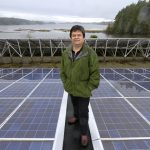
The T’Souke First Nation on Vancouver Island developed and implemented a plan that slashed 75 per cent of their energy use and installed solar PV to provide clean power. It turns out it’s a lot easier to go net-zero when you drastically cut your energy use.